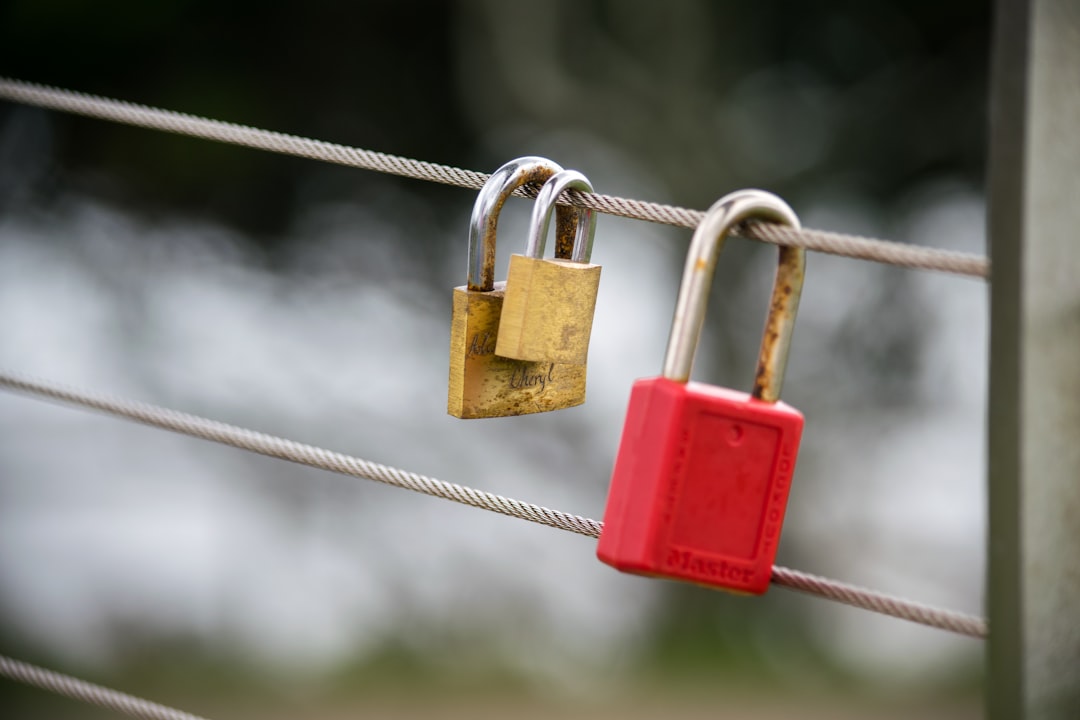Have you ever logged into your Gmail account and noticed devices or services that you don’t recognize? These could be third-party apps or scripts connected through APIs, often granted access for convenience but later forgotten. Over time, these unwanted connections can become a serious vulnerability. Whether it’s an old mobile device, an email app, or an integration from another platform, removing these outdated permissions is essential for maintaining your digital security.
Many Gmail users are unaware of just how many services have ongoing access to their account data. These API-based logins can read your emails, see your contacts, view your calendar events, and more — often without you realizing it. Let’s explore how to review and remove those connections effectively, keeping your Gmail account secure and private.
What Are API Logins in Gmail?
API logins refer to third-party applications and services authorized to access your Google account using Google’s APIs (Application Programming Interfaces). When you sign in to a service using your Google credentials or give permission to a tool to access your Gmail, you’re essentially creating an API-based connection between that service and your account. While it brings convenience, it also creates a potential security loophole if not monitored.
These types of access points are different from your primary Gmail logins. They may not send a security alert when used, especially if tokenized, and can persist even after apps have been deleted from your device.
Why It’s Important to Remove Unwanted API Access
- Security: Unused or forgotten apps may not follow strong security protocols, making them weak points for potential hackers.
- Privacy: Some apps have permissions to read your emails or access sensitive information such as contact details and calendar events.
- Control: Reviewing access permissions gives you full oversight of who (or what) can see your data.
Regular reviews and cleanups aren’t just a best practice—they’re necessary for keeping your account secure in the fast-evolving digital world.
How to Review Authorized Connections in Gmail
Here is a step-by-step guide to help you see what applications and services have current API access to your Gmail account, and how to revoke access where necessary:
- Go to Google Account Settings: Open your preferred browser, go to myaccount.google.com, and log in if prompted.
- Access Security Settings: On the left-hand menu, click on “Security.”
- Manage Third-party Access: Scroll down to the section labeled “Third-party apps with account access.” Then select “Manage third-party access.”
Here, you’ll see a list of all apps, websites, and services that have been granted permission to access your account information, including Gmail.

Which Apps Should You Remove?
It’s not always obvious which connections are worth keeping. Here are some useful questions you can ask yourself for each app listed:
- Do I still use this application or service? If not, remove it.
- Does it require Gmail access? Some apps only need general Google data and don’t necessarily need to read your emails.
- Is this a trusted app provider? Avoid apps from unknown developers or sketchy domains.
For example, productivity tools, older mobile apps, or browser extensions that you no longer use are common culprits. Clearing out unnecessary or outdated connections significantly reduces your security risk.
How to Remove API Access
To remove access from apps and services you no longer trust or use, follow these steps:
- Within the “Third-party apps with account access” section, click on the app or service name.
- You’ll see detailed information including what kind of access it has — such as reading Gmail messages or accessing calendar data.
- Click “Remove Access.”
- Confirm your decision when prompted.
That’s it! The app will no longer be able to access your Gmail or other associated data.
Best Practices to Prevent Unauthorized API Access in the Future
Now that your account is cleaned up, take proactive steps to maintain its security long-term.
1. Enable Two-Factor Authentication (2FA)
Adding a second layer of security ensures that even if someone gains access to your credentials, they won’t be able to sign in without the secondary code.
2. Regularly Audit Connected Apps
Make it a habit to check your authorized apps every few months. Set a calendar reminder if necessary.
3. Use Permissions Wisely
When signing into new applications using your Google account, avoid giving permissions too freely. Always check exactly what the app is requesting access to.
4. Avoid Public or Shared Devices
Don’t log into your Gmail account from devices you don’t trust. Even if you sign out, some session tokens might remain on the machine.
Understanding OAuth and Token Lifetimes
When you authenticate an app with your Google account, most use a protocol called OAuth. This standard allows limited access to your data without giving away your password. However, some apps request long-lived tokens that stay active until manually revoked. If such tokens are compromised, they could allow silent data access over extended periods.
This is why removing access isn’t just about deleting accounts—it closes the door entirely on these quiet background processes that may be snooping into your data.

What if You Accidentally Remove the Wrong App?
Don’t panic! If you remove a service you still need, you can simply reconnect it the next time you log in or try to use it. Most apps will request reauthorization and walk you through the login process again.
However, it’s a good idea to keep notes on any integrations you really depend on, such as CRM tools, calendar integrations, or professional email add-ons. That way, you know which ones to reinstall if necessary.
Conclusion
Your Gmail account serves as a central hub for communication, scheduling, and accessing other services. As such, keeping it secure should be a top priority. Removing unwanted or outdated API logins is a straightforward process but can have an outsized impact on your overall online security. By regularly reviewing and managing your third-party access permissions, you’re taking a proactive step in safeguarding your digital life.
In the digital age, convenience often comes at the cost of security. But by learning how to manage your API connections, you’re not only protecting your Gmail account—you’re securing all the services that depend on it. Take a few minutes today to check your settings and make sure only the necessary apps have your permission.
Stay safe, stay vigilant, and let your Gmail account serve you — not the apps trying to sneak in through the back door.

